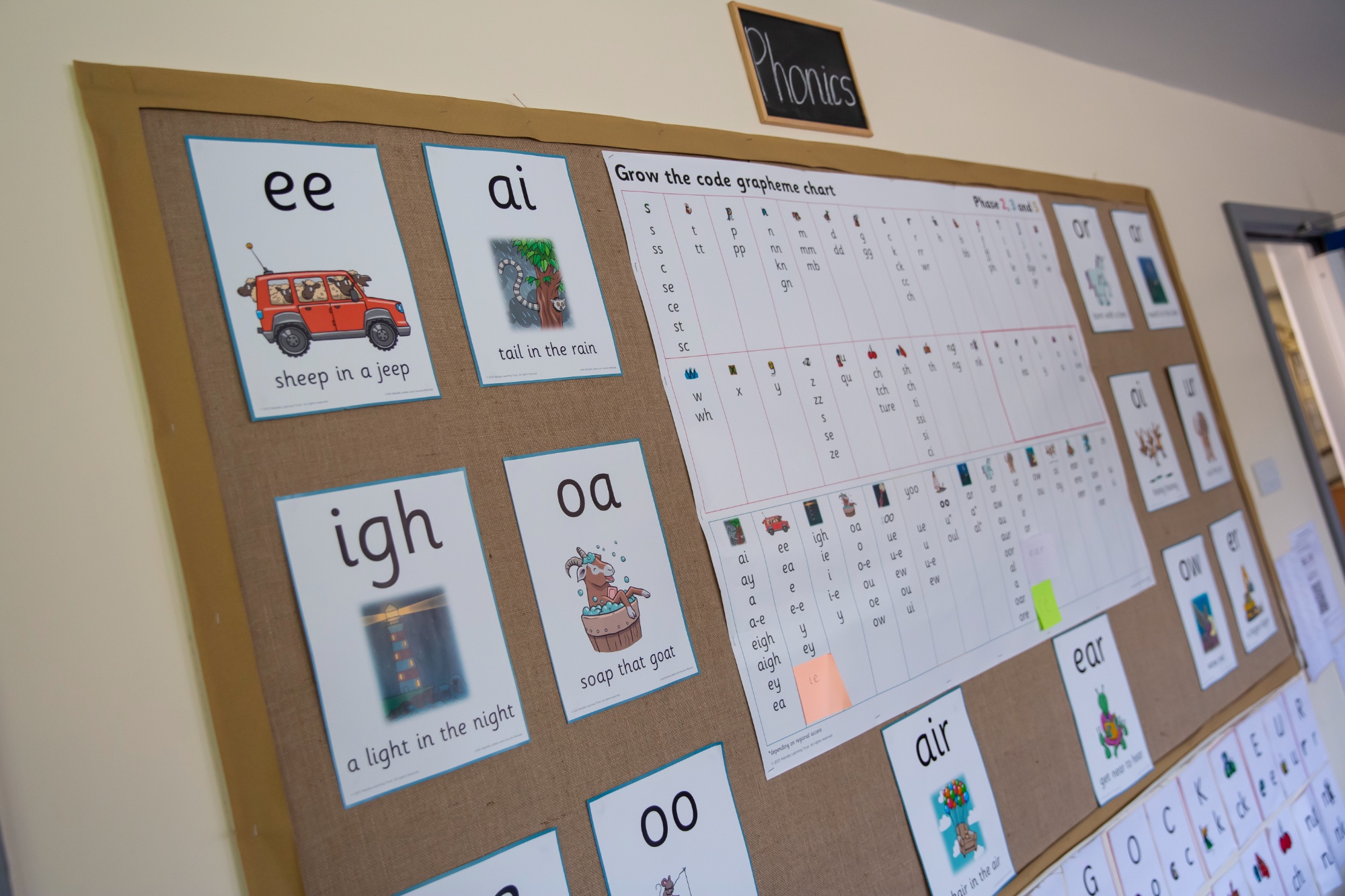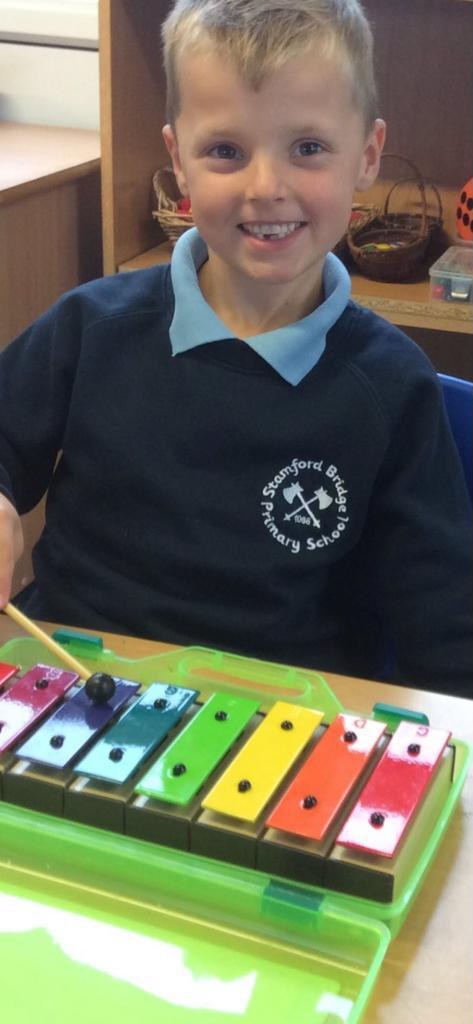Maths
At Stamford Bridge School, good mathematics is not about what you KNOW. It’s about how you behave when you DON’T know.
Subject Leader: Mr L Horrocks
Intent
At Stamford Bridge Primary School, our intention for mathematics is to develop learners who are confident in their abilities, resilient, and eager to embrace challenges. We aim to equip them with the necessary knowledge to apply mathematical concepts and skills in a variety of real-life contexts, while fostering a deep understanding of mathematical procedures.
Implementation
High-Quality Teaching and Learning
- Adaptive Teaching: Teachers adapt mathematics lessons to meet the diverse needs of learners, providing appropriate challenge and support. They use formative assessment to identify pupils' prior knowledge and tailor instruction accordingly.
- Concrete, Pictorial, Abstract Approach: Teachers use the CPA approach to enable pupils to develop a deep understanding of mathematical concepts. They begin with concrete manipulatives, move to pictorial representations, and eventually progress to abstract symbolic notation.
- Modelling and Demonstrating: Teachers model mathematical thinking explicitly, demonstrating problem-solving strategies and thought processes.
- Effective Questioning: Teachers use a range of questioning techniques to encourage pupils' mathematical thinking and elicit higher-order responses. They pose open-ended, probing questions to promote deep understanding and support pupils in developing their reasoning skills.
- Collaborative Learning: Teachers facilitate collaborative learning opportunities, encouraging pupils to explain their thinking, discuss strategies, and learn from each other. They use pair and group work to foster mathematical communication and cooperative problem-solving.
- Mistake Analysis and Feedback: Teachers provide timely and constructive feedback that addresses misconceptions and builds on pupils' strengths. They encourage pupils to reflect on their mistakes, learn from them, and use feedback to improve their understanding and performance.
Curriculum Design and Sequencing
- Spiral Curriculum: The mathematics curriculum is designed to build on prior learning and ensure a spiral progression of concepts. Teachers make connections between different areas of mathematics, reinforcing key knowledge and skills regularly.
- Problem-Solving Focus: The curriculum places a strong emphasis on problem-solving, with regular opportunities for pupils to apply their mathematical knowledge and skills in challenging, open-ended problems. Teachers expose pupils to a range of problem types and provide support and guidance as needed.
- Calculation Fluency: The curriculum ensures pupils have regular opportunities to develop their calculation fluency, with a systematic and progressive approach to learning and practicing key number facts, multiplication and division facts, and procedures.
Resources and Support
- High-Quality Resources: The school provides a range of high-quality mathematical resources, including manipulatives, and online tools. These resources support effective teaching and learning, allowing pupils to explore concepts in multiple ways.
- Additional Support: The school identifies pupils who require additional support in mathematics and provides targeted interventions or extra opportunities for reinforcement. Teachers and support staff work collaboratively to ensure that all pupils can access the curriculum and make progress.
Impact
Assessment and Progress
- Formative Assessment: Teachers use formative assessment strategies to gauge pupils' understanding and adapt instruction accordingly. Regular low-stakes assessments, verbal feedback, observation, and questioning provide ongoing opportunities for teachers to identify next steps for individuals and groups.
- Summative Assessment: The school uses summative assessment to track pupils' progress and identify areas of strength and areas that require further development. Assessments are aligned with the curriculum and provide a comprehensive overview of pupils' mathematical knowledge, skills, and understanding.
- Pupil Progress Analysis: Teachers and leaders analyse pupil progress data to identify trends, areas of strength, and areas for improvement. They use this analysis to inform future teaching, adjustments to curriculum sequencing, and interventions for individual pupils or groups.
Pupil Outcomes
- Attainment: The impact is evident in the high levels of pupil attainment in mathematics. Pupil outcomes demonstrate secure and deep mathematical understanding, with the majority achieving or exceeding age-related expectations.
- Progress: Pupils make strong progress from their starting points, clearly demonstrating progress across the key stages. Progress is evident within and across year groups, and any gaps are addressed.
- Closing Gaps: The impact is seen in the narrowing of attainment gaps between different pupil groups, ensuring that all pupils, regardless of their background or starting point, achieve well in mathematics.
- Positive Attitudes and Confidence: The impact is reflected in pupils' positive attitudes towards mathematics, increased confidence, and enjoyment of the subject. Pupils actively engage in mathematics, contribute to discussions, and demonstrate a growth mindset towards overcoming challenges.














